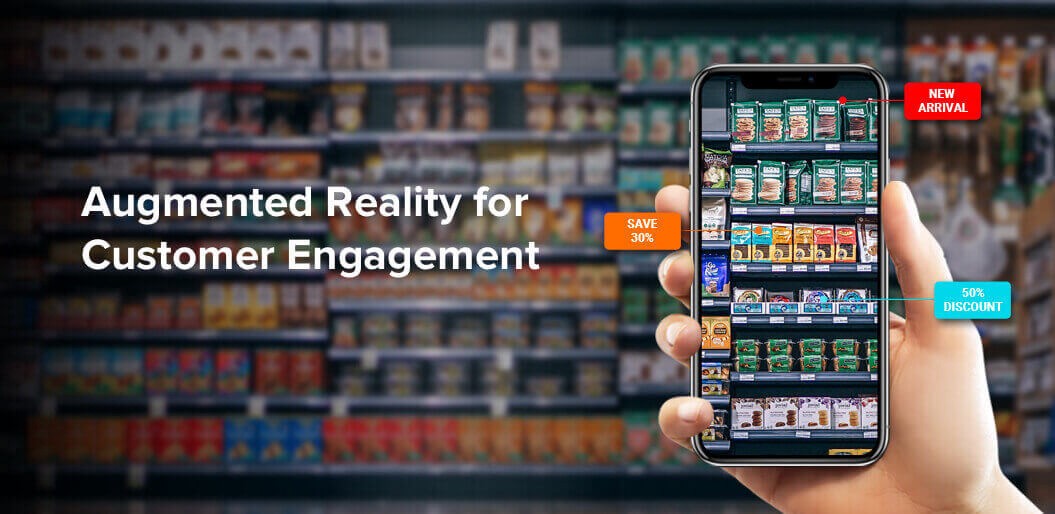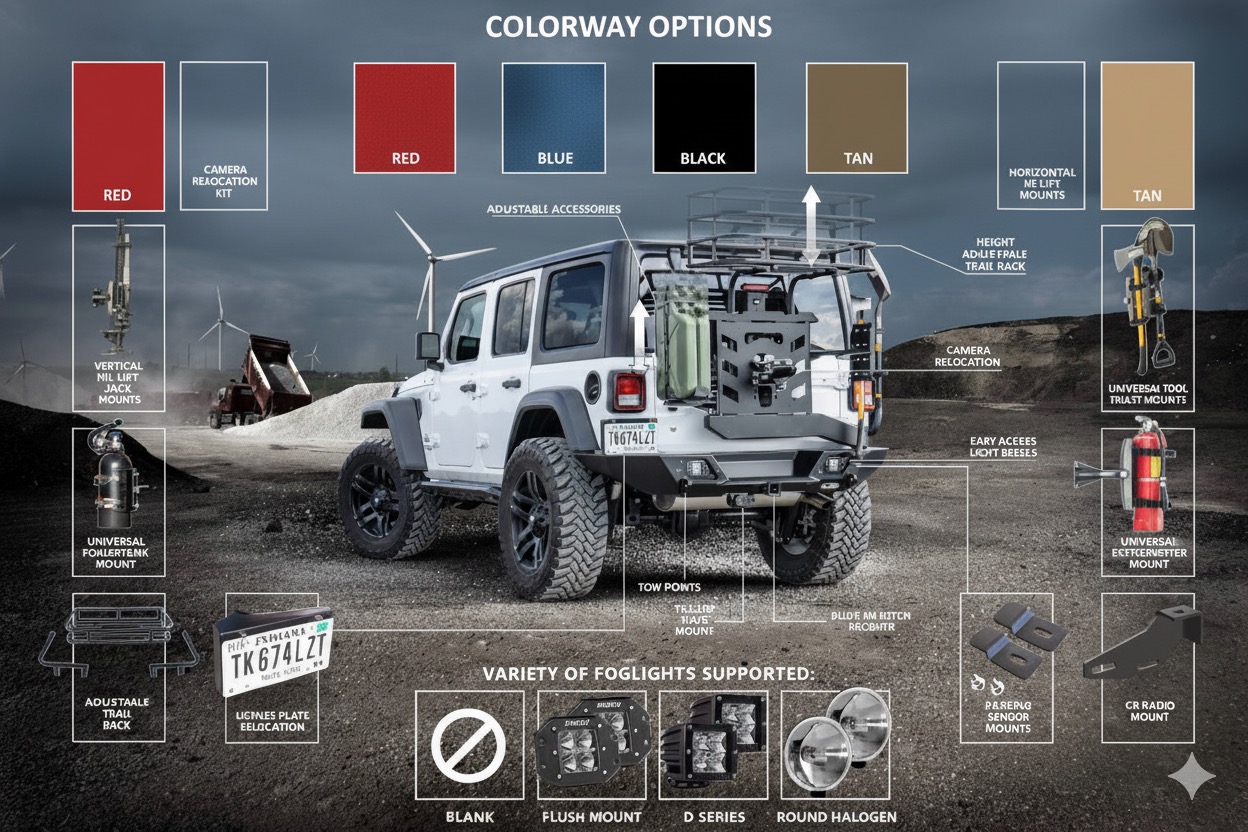How to capture a larger market audience using AR Technology
By: Cela Inc. | Jul 22, 2020
Holly Wood storytellers have had us glued on our screens as they share their adventures using Augmented Reality. Such movies as Iron Man and They Live were some of the films that used the most advanced cases of AR in their heads up display. Did you know that you can use this type of technology to boost your sales conversion rate and capture a more significant market segment? At Cela Tech, we will keep you up to date with all the relevant information on how to boost your business sales through the use of Augmented Reality.
What is AR Technology?
Augmented Reality refers to the enhancement of parts of the user's physical world through the use of computer-generated inputs to enhance their experience. To achieve this, designers create input in digital content ranging from graphic to GPS overlays or sound to video. These inputs are able to respond to changes in the user's environment, most especially movement. Augmented Reality expands our physical world by adding digital information into it, such as sound, videos and graphics. The addition of the superimposed computer-generated images, our perceptions of the physical reality is altered. AR technology was first used commercially in 1990 by television and military.
How does Augmented Reality really work
AR involves the use of specific ranges of data such as animations, videos, and 3D, where users will see the result in both natural and synthetic light. This is displayed on various devices such as mobile phones, handheld devices or head-mounted displays. Simultaneous localization and mapping, depth tracking are some of the technologies utilized in determining the distance to objects.
Types of AR Technology
Marker-based AR
This requires specialized visual objects and a camera to scan it. The AR device used determines the location and orientation of the marker. Users are then able to view digital animations initiated by the marker.
Markerless AR
This is a position based or location-based Augmented Reality. Markerless AR utilizes a compass, gyroscope or accelerometer to provide information on the user's location. This type of technology is utilized by smartphones to produce maps while giving business information on surrounding areas such as restaurants, shops or nearby events.
Projection-based AR
In this type of technology, synthetic light is projected on physical services and allow the user to interact with it. User interaction is recognized with projection by its alterations.
Superimposition-based AR
This type of technology replaces the original view with a partial or augmented reality. It relies heavily on object recognition. This technology has been used in IKEA Catalog app where users are able to place virtual items of their desired furniture catalogue in their rooms.
Augmented Reality in Ecommerce
The past decade has experienced revolutionary changes in online shoppers demands and behaviour. Market capabilities have thus been redefined, leading to strong trends that make AR a crucial tool in the tech world today. AR Technology has captured the interest of consumers and is taking over mobile devices by creating a connection between the real and digital world.
Notable key trends in AR
The online shopping market has since recorded the highest number of sales in via Tablets and smartphones. Through AR technology, Amazon, one of the biggest online stores, has recorded over 42% increase in sales. While Ecommerce previously faced low sales conversions rate, AR has since improved this by over 34% of all the deals made through online shopping.
How to incorporate AR technology in your business
Product design and creativity
AR technology has been used to develop apps with the ability to superimpose 3D models into physical spaces. This will give your business the ability to deliver stronger sales and marketing material. Through the use of AR technology, modellers have the ability to render products and other assets in a 3D space for easier presentation and workflow. Here are some benefits you will derive from the use of AR technology in your product designs
Your clients develop a sense of ownership of the products
Consumers engage more with a digital model of a product as they are able to build closer relations with it. Clients can view various dimensions of your product based on their desired need in determining whether or not to make a purchase.
Incredible Storytelling.
Clients relate more to stories and events. AR technology gives you the ability to convert any aspect of your product into a multimedia platform, capturing the attention of many online shoppers.
Wonder
Use of AR Technology increases the charm of your product, making it more appealing to the end-user. Customers are more willing to buy products that make them excited.
Easier judgement
AR technology puts away customer doubts regarding your product, making it easier for them to make a judgement on whether to make a purchase or not.
Customers can virtually try on 3D products
For a business selling apparels or shoe brands, a store packed with customers only allows a limited number of customers to try on their products. AR technology allows users to try on their products before making a purchase. This ability allows you to tap into a larger market segment.
Virtual view of products in the users home.
In an in-store experience, customers are unable to visualize how a product would look like in their homes. AR technology transforms the customer experience by allowing buyers to have a virtual view of how the product will look like in their home. They are able to determine whether the product actually fits in or whether the product colour will rhyme with the home colour theme.
Ability to gather store information.
Nearly 60% of shoppers look for product prices and information in stores while using their mobile phones. Through AR technology, customers are able to pull up product information, customer review, as well as product pricing. Users are also able to watch videos of models dressed up their desired apparels. A sharing option is also available for the user who would want to send the product to their friends or family who could be interested in the purchase.
Virtual fitting rooms
AR technology allows customers to have a virtual fitting room where they can try on the product and have a mirror view without having to wear the product physically. This boosts customer confidence when purchasing the product.
Augmented Reality in marketing
With many shoppers going online to buy their products, AR technology is a crucial tool in enhancing customer experience and engagement. AR technology has been used to enhance branding materials such as business cards and brochures by adding virtual components. Online shoppers are able to scan printed materials with their mobile devices allowing them to access a wide range of fe atures and ways in which to access the business.
AR technology can also be used to create buzz around a product. Creating a fun augmented Reality around a product creates a lasting impression on users which often creates a buzz around the product. According to Smart Insights, happy and satisfied customers have greater customer goodwill which can pay lasting dividends.
Benefits of AR technology in ecommerce
Product previews and modifications
77% of onlineshoppers would rather use AR technology to preview various product variations such as colour or style differences. Most customers go through a wide range of assortment before making a decision on a purchase making augmented Reality essential as it allows users to make various modifications on the product.
More time spent in-store
Customers spend 2 minutes and 31 seconds in stores that use AR technology. Customers spend more time engaging with products presented to them through AR technology. Customers are willing to try out more products to enjoy the charm that comes with augmented Reality hence spending more time in the store. This increases your chances of making a sale.
Ability to explore features and looks
According to Think mobile,40% of customers are willing to pay more for products presented to them through AR technology. AR technology has the advantage of providing users with extra information and tips, and animations which simplify complex products for the customer.
Feel of a real in-store experience
AR technology gives a feel of shopping in a real in-store through such features as chatting with advisors or having to try on products in the shop. This eliminates customer doubts while boosting their confidence to make a purchase.
Be sure to subscribe to our website for regular updates on AR technology!
Use CELA Technology today!
Provide your shoppers an online shopping experience that just feels like in-store with Augmented Reality and 3D interactions
Contact UsRecent Posts
Sep 21, 2025
How to Boost User Engagement Time a...
Increase your website's engagement time from seconds to minutes. Learn how a 3D configurator from CE...
Aug 28, 2025
How to increase online sales for cu...
Are you tired of racing to the bottom on price? Your unique, high-quality customizable products offe...
Aug 18, 2025
Redefining Bespoke: How CELA and An...
Discover how CELA and Andromeda Fine Jewellery are redefining bespoke jewellery online with a cuttin...




